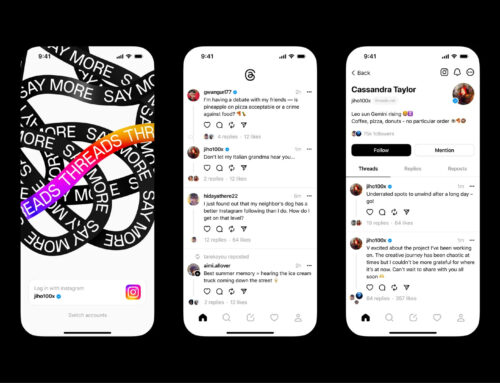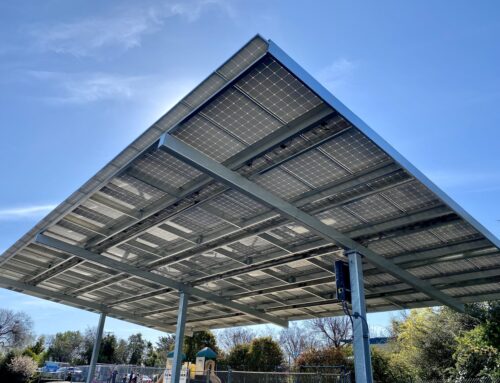The Offensive Environment is Changing in New Ways
April 15, 2025
When a new season kicks off, there’s a rush to try and understand what the run-scoring environment looks like for the new season. With the ball itself changing in past years and various rule changes affecting play, understanding if the environment has changed is crucial.
2025 had no major rule changes, with the shift ban, pitch clock, and baserunning changes being around for a few years. While the automated balls and strikes (ABS) challenge system was successfully tested in Spring Training, it has not yet been implemented in big league games. All that to say, there aren’t wholesale changes being made to the game this year.
Early on, the baseball also does not look juiced. Baseball Savant has publicly available drag information, which shows the baseball’s drag coefficient by day.
 If anything, the early data is showing that the ball has a higher drag coefficient, which would suppress batted ball distance.
If anything, the early data is showing that the ball has a higher drag coefficient, which would suppress batted ball distance.
Overall, the run environment looks slightly down in 2025, while home runs are surprisingly up through almost three weeks of the season.
April Scoring Environment: 2021-2025
As the season goes on, scoring increases as the weather warms up and hitters get more familiar with that year’s pitching. It’s a good sign that neither runs nor home runs are wildly out of place since the lower figures will increase. Additionally, two new ballparks entered the equation (Sacramento & Tampa), and they are already playing hitter-friendly.
The run environment looks relatively normal so far, but something interesting caught my eye. For the fifth consecutive season, April strikeouts per game decreased, but this year, walks per game increased.
April Strikeouts and Walks: 2021-2025
For reference, the 8.41 strikeouts per game is around 2017 levels, while the 3.49 walks per game was last seen in April 2019. However, the increase in walks was previously correlated with an increase in strikeout rate. The continued trend of decreasing strikeouts comes with hitters starting to catch up to all of the pitching developments. Whether using Trajekt machines, torpedo bats, or even more adaptable approaches, the discipline has improved.
This doesn’t necessarily help baseball’s three true outcome problem: 2025’s 17.2% ball-in-play rate is similar to where it has been since 2022, but still 2% down from the early 2010s. Baseball has corrected course from the 16% range from 2019-2021, but this is now what baseball is.
Going deeper into why the walk rates are up, it’s not as straightforward as it may seem.
In April of this year, more pitches have been thrown in the zone than ever recorded in the pitch-tracking era (starting in 2008). At 49.9%, this continues the trend since 2022.

This explains why strikeouts are down: more pitches in the zone means more hittable pitches on a broad scale. However, more pitches in the zone leading to more walks is counterintuitive.
There are more pitches per at-bat now than ever, requiring pitchers to be around the zone more frequently as they deal later into counts. In April 2008, there were 3.6 pitches per plate appearance. By 2014, that jumped to 3.8 pitches per plate appearance; in 2025, it is 3.9 pitches per plate appearance. While that figure peaked in 2021 (as when strikeouts did), it’s still near the record high this season. More pitches mean that at-bats are going deeper now, and counts are getting higher, thus leading to walks.
Additionally, umpires are calling more balls than in recent years. 4.6% of pitches in the zone have been called balls, up from 3.8% in 2024. The last time the in-zone ball rate was that high was in 2016, when it was 6.1%. Conversely, the number of called strikes on pitches outside the zone is 3.6%, the lowest figure in the pitch-tracking era. Out-of-zone strikes have been consistently decreasing each year, but mixed with fewer in-zone calls might add to this perfect storm. With the ABS challenge system likely getting integrated soon, I’m curious if umpires are squeezing their strike zones ahead of time.
However, I believe changes in the hitter/pitcher dynamic are also driving the walk rate increase; the umpiring is furthering the case. Hitters are also making a resurgence in contact ability. Using PLV statistics, hitters are making similarly rated decisions to years past, but have significantly better contact so far in 2025.
2021-2025 PLV Metrics (Thru 61,223 Pitches)
While the decision value aligns with other recent years, contact ability has steadily increased year-over-year since at least 2021. This isn’t a byproduct of hitters making better swing decisions—they are becoming better at making contact.
This can also be seen in the zone contact rate, which bottomed out in 2021 but has bounced back in recent years.
2008-2025 Zone Contact Rate (in April)
It all comes down to what’s happening in three ball counts. This year and last year, the zone rate in three-ball counts is at 59%, up 2% from 2023. The jump from 2023 to 2024 was the biggest year-over-year increase in the three-ball zone rate in the pitch-tracking era by a significant margin.
2008-2025 Zone Rate in Three-Ball Counts (in April)
The significant increase here has not directly led to more balls in play: pitches were put in play 23.4% of the time in three-ball counts last year, but just 21.8% so far this year. That would be the lowest recorded mark in the pitch-tracking era.
Instead, hitters are fouling pitches off and living to see another pitch, giving them another opportunity to walk. Pitches in three-ball counts are getting fouled off at a 23.9%, the highest recorded mark in the pitch-tracking era.

The main culprit for this increase in foul balls is increased cutter usage. There’s been a push lately for pitchers to have multiple fastballs since minimal movement differences at higher velocities are harder to differentiate, leading to worse contact. In the case of three-ball counts, hitters gear up for a fastball that they can punish, but end up fouling off a cutter instead. In theory, throwing a cutter to deceive a hitter in an advantageous count makes sense, but it has a backward effect. These foul balls prolong at-bats that now result in a walk rather than a ball in play.
Cutter usage is up 1% in three-ball counts, now at 9.8%. While pitchers have thrown more cutters in the last few years than in the 2010s, the three-ball cutter usage in 2025 stands out.
2008-2025 Cutter Usage (in April)
Additionally, there seems to be an adverse effect on the balls in play. So far, the xSLG on cutters in three-ball counts is 0.437, an obscene increase of 100 points from 2024. The xSLG on fastballs is 0.381, a decrease of 44 points. While it might be too early for the xSLG to stabilize, the takeaway is that three-ball cutters hurt pitchers more than they help.
The increase in walk rate this year is a peculiar change to baseball, especially while strikeouts are down. Because the reason is seemingly rather niche, it isn’t significantly altering the run environment overall. It makes sense why pitchers turn to more cutters in three-ball counts rather than fastballs, but it has an unintended consequence. This appears to be a classic case of good process, bad results. As more data comes in, it will be interesting to monitor if pitchers dial back their three-ball cutter usage.
Search
RECENT PRESS RELEASES
Related Post



